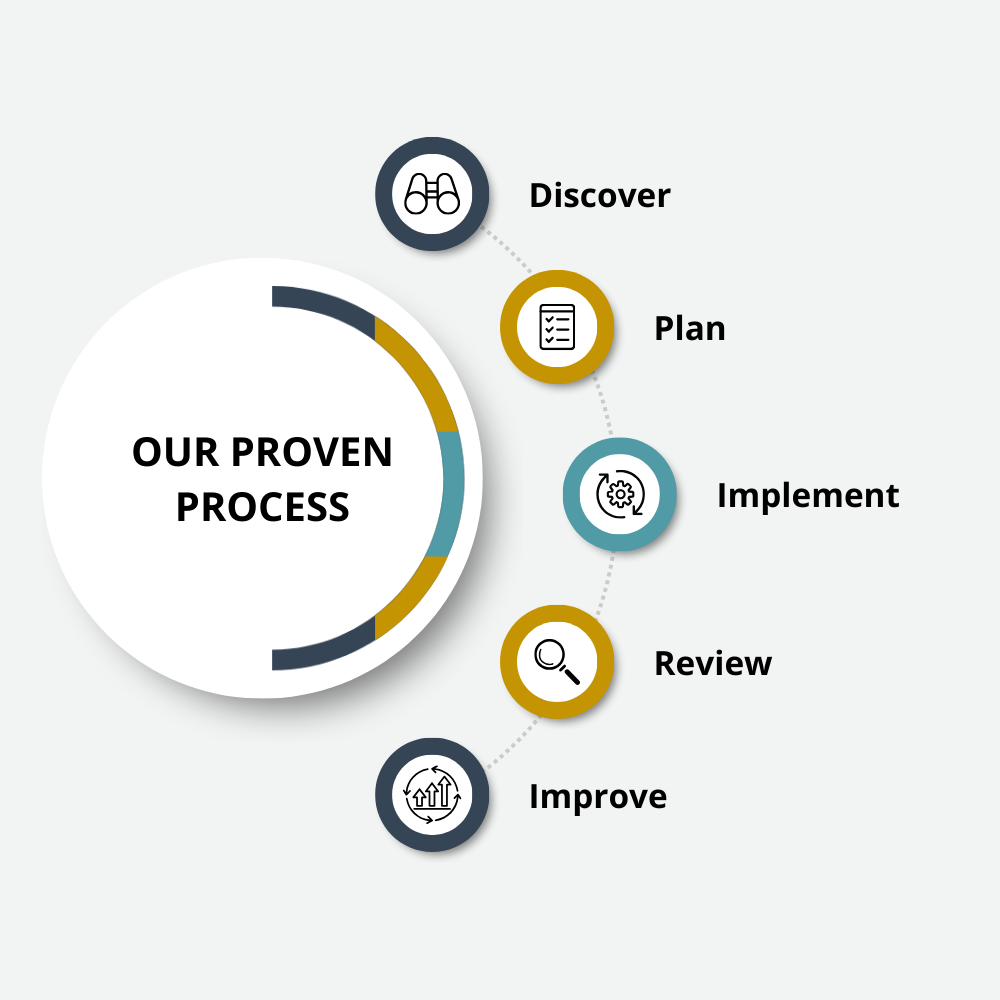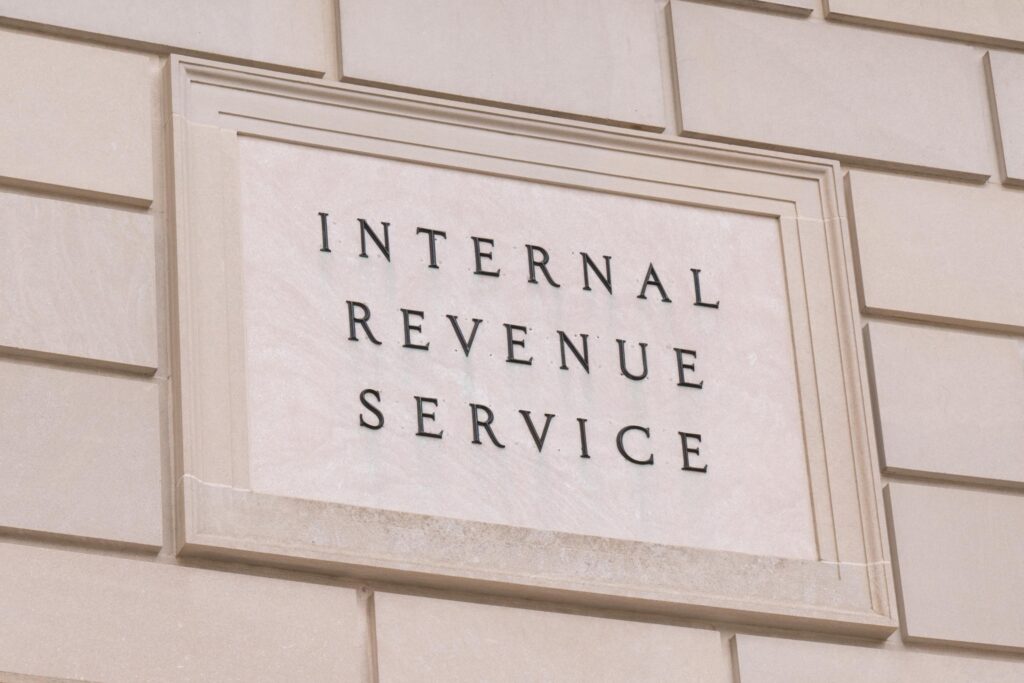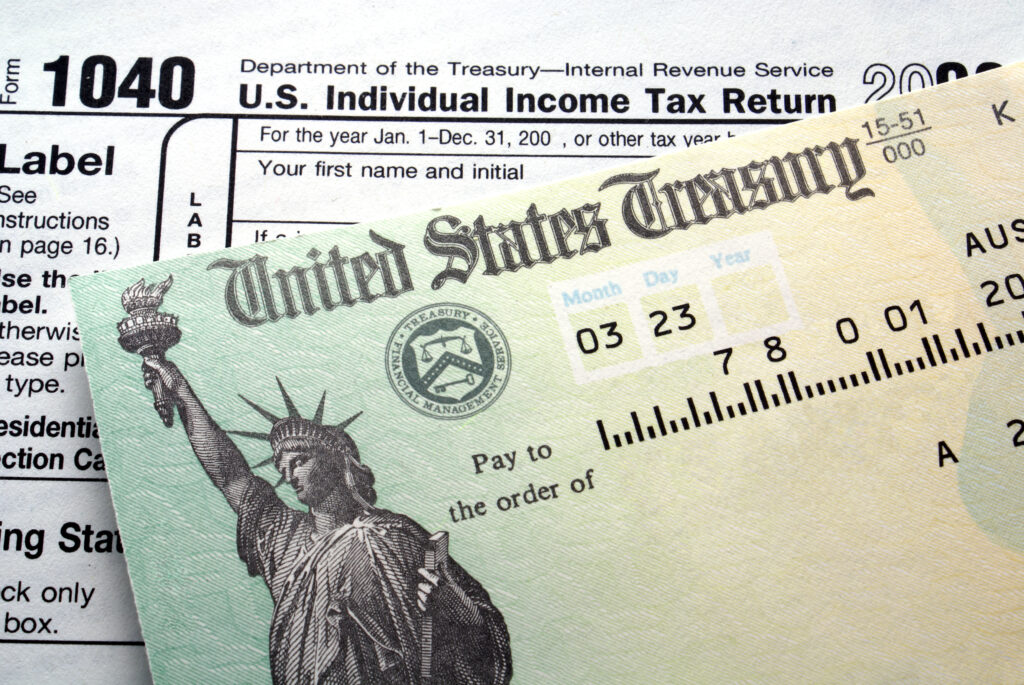In the latest installment of our ongoing series examining changes under the Tax Cuts and Jobs Act (TCJA), we’ll address provisions impacting taxpayers who incur capital expenses for business purposes. The following will highlight updated rules related to expensing and depreciation of fixed assets as well as special property considerations.
As further detailed below, these changes:
- Expand the definition of Code Sec. 179 property
- Increase the Code Sec. 179 dollar and investment limitations
- Extend and modify the additional first-year depreciation deduction through 2026 (through 2027 for longer production period property and certain aircraft)
- Reduce the recovery period for farm property under the Modified Accelerated Cost Recovery System (MACRS)—the current tax depreciation system in the United States
Code Sec. 179 Expensing
The Section 179 deduction was originally established to encourage small and medium-sized companies to invest in equipment, software or other tangible goods for business improvements. In order to qualify for the deduction, the goods must be used for business purposes at least 50% of the time.
Under TCJA reform, taxpayers are now able to deduct up to $1 million of qualified expenses per year, an increase from the previous limitation of $500,000. The dollar-for-dollar phaseout for the deduction increased from $2 million to $2.5 million for tax years after 2017, which means the entire deduction disappears once $3,500,000 in purchases is reached. These amounts are indexed for inflation for tax years beginning after 2018.
The incentives for investing in business property are significant and must be coordinated to comply with regulation and maximize tax savings. For example, Code Sec. 179 expensing must be claimed prior to the additional depreciation allowance, which is covered in the following section. In general, taxpayers should expense assets under Code Sec. 179 with the longest recovery (depreciation) period in order to accelerate the recovery of their costs. Advance planning for the acquisition and retirement of all capital and equipment is also essential.
Bonus Depreciation
Another valuable tax-saving tool for business owners after considering and/or taking the Section 179 deduction is bonus depreciation, which allows an immediate first-year deduction on the purchase of eligible assets. TCJA increased the first-year depreciation allowance from 50% of asset value to 100% for property placed in service after September 27, 2017 and before January 1, 2023 (January 1, 2024 for longer production period property and certain aircraft). The 100% allowance decreases by 20% per calendar year for property placed in service in taxable years beginning after 2022 (after 2023 for longer production period property and certain aircraft).
Previously, the bonus depreciation allowance only applied to completely new property that had never been placed into service by the taxpayer or other entity. Under TCJA reform, the deduction applies to both new and used property purchased, as long as the taxpayer had not utilized it prior to acquisition. Additionally, the property must be purchased from someone unrelated to the taxpayer (i.e. it cannot be a gift or inheritance).
Transition rules. The phase-down of bonus depreciation remains unchanged for property acquired before September 28, 2017, and placed in service after September 27, 2017. Also, for a taxpayer’s first tax year ending after September 27, 2017, the taxpayer may elect to apply a 50% allowance instead of the 100% allowance.
Listed Property
Assets that are used for both personal and business purposes may be considered “listed property” by the IRS. The Tax Cuts and Jobs Act increases the depreciation limitations under section 280F that apply to listed property.
For passenger automobiles placed in service after December 31, 2017, and for which the additional first-year (“Bonus”) depreciation deduction is not claimed, the maximum amount of allowable depreciation is $10,000 for the year in which the vehicle is placed in service; $16,000 for the second year; $9,600 for the third year; and $5,760 for the fourth and later years in the recovery period. The limitations are indexed for inflation for passenger automobiles placed in service after 2018.
In addition, the TCJA removes computer or peripheral equipment from the definition of “listed property.” Such property is therefore no longer subject to the substantiation requirements that apply to other listed property.
Farm Property
The Tax Cuts and Jobs Act shortens the recovery period—the number of years over which you deduct (“recover”) cost or other basis—from seven to five years for any new machinery or equipment (other than any grain bin, cotton ginning asset, fence or other land improvement) used in a farming business placed in service after December 31, 2017.
The requirement to use the 150% declining balance method for property in a farming business (i.e., for 3-, 5-, 7-, and 10-year property) is repealed for property placed in service after December 31, 2017. However, the 150% declining balance method continues to apply to any 15-year or 20-year property used in the farming business to which the straight-line method does not apply, or to property for which the taxpayer elects to use the 150% declining balance method.
Real Property
The separate definitions of qualified leasehold improvement, qualified restaurant and qualified retail improvement property under the old law are eliminated. Under the new law, if the property is qualified improvement property, it is eligible for bonus depreciation. Qualified improvement property is defined as any improvement to an interior portion of a building which is nonresidential real property if the improvement is placed in service after the date the building was first placed in service by any taxpayer.
Qualified improvement property is treated as a new class of MACRS property with a recovery period of 15 years, effective for property placed in service after December 31, 2017. The definition of qualified improvement property for purposes of the new 15-year recovery period is the same as the definition applied for bonus depreciation purposes.
Stay tuned for more tax planning communication from us in coming weeks as we continue our Tax Reform 2018 Series. You can still view our earlier published piece, The Impact on Itemized Deductions for Individuals, by visiting our website’s Knowledge Center.
If you are unclear about how any of these changes affect your personal situation, please don’t hesitate to contact a member of your service team. We appreciate the continued opportunity to best serve your individual needs and long-term goals.
As Tax and Accounting Manager for JFS Wealth Advisors, Michelle Wright, CPA, MST, is responsible for managing individual income tax compliance and business accounting services, developing and implementing tax planning strategies and assessing the impact of tax law changes for individuals and businesses. If you have questions regarding this or other tax-related topics, contact Michelle at mwright@jfswa.com.


















